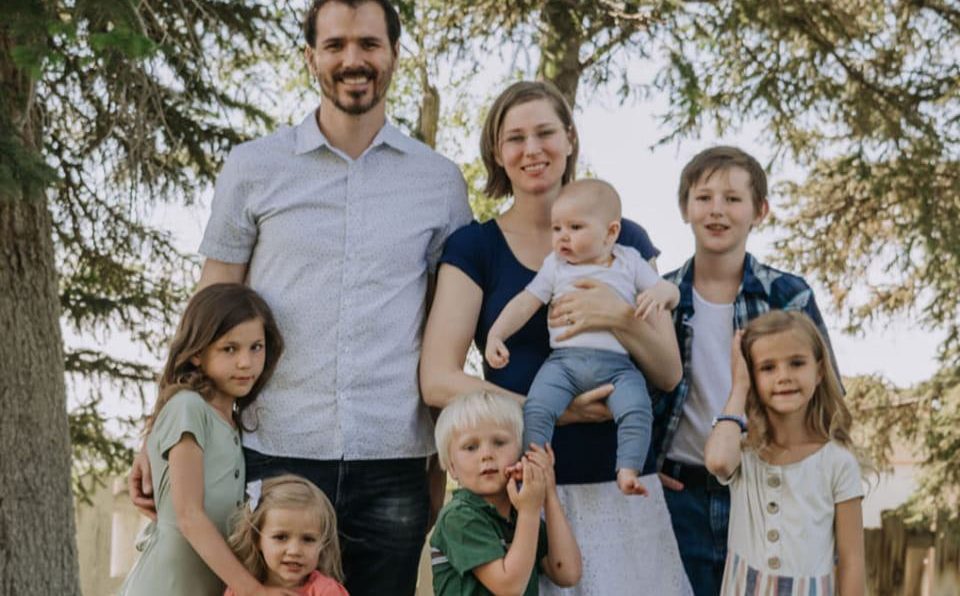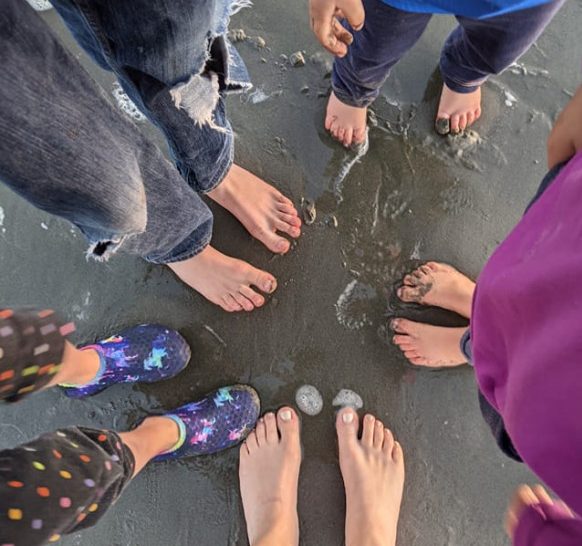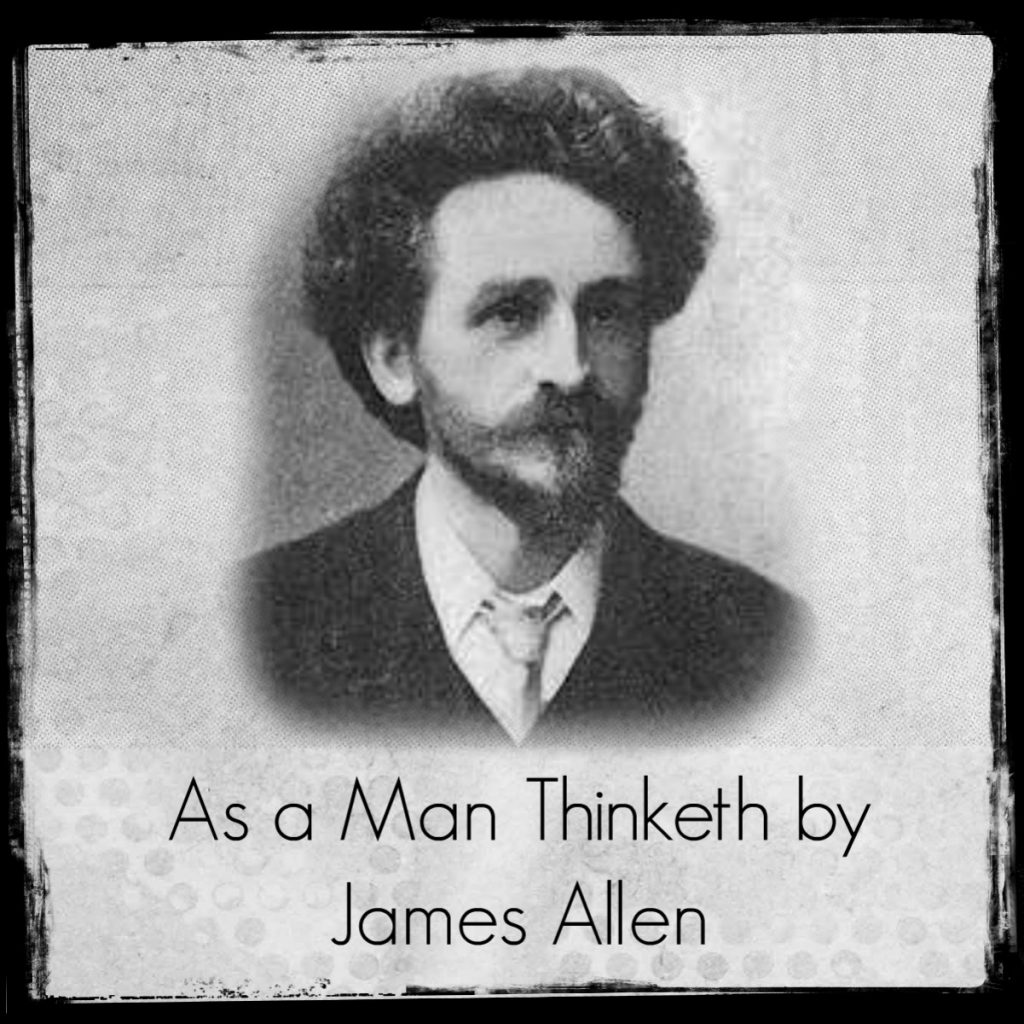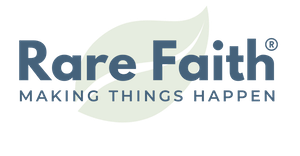I’m pleased to introduce Mindset Mastery Honors Graduate Jenette Harmon. Jenette’s story shows how focusing on clear goals and overcoming fears can turn almost any aspiration into reality.
The “Inconsequential Goal”
Jenette embarked on her Phase 1 experiment with a simple goal. In her words:
“For my inconsequential goal, I wanted to have a box of fresh, ripe peaches to buy, brought right to me.”
She added the following details to help it feel more real to her:
“I imagined feeling the box in my hands, and the smell of ripe peaches. I felt excited to eat them and share with my family. I felt grateful that God made such yummy things for us to eat. I imagined cutting them up and putting them in a bowl with milk and sugar.”
Incorporating her physical senses helped bridge the gap between her conscious and subconscious mind. Once she felt the experience as if its real, things in the outer world began to shift to help make those mental images a reality. However, doubts and concerns often creep in, and Jenette found this to be the case for her.
She stated:
“I almost immediately started having doubts and distractions in my mind. Why would anyone bring a box of peaches to me? What if peach season was over? When exactly is peach season anyway? I should probably look that up right now…etc.
“I tried my best to ignore that and just keep imagining/feeling it. A few days passed, and every time I thought about it I tried to just keep imagining it. I was starting to get excited to see how it would turn up.
Notice how she had to work at it for a time, but with persistence, her uncertainty turned into excitement and curiosity, as she wondered how it “would” come about. This is the next step in the process, where “hope” evolves into “expectation”. She continued:
“One of my sister-in-laws texted about an opportunity to go pack picking at an orchard, and I wondered if that was the answer, but I felt overwhelmed at the prospect of taking all my kids to pick peaches. So I decided that didn’t count as ‘being brought to me’.”
With clarity about how her intended experience would feel, any counterfeit or decoy results were easily dismissed. Rehearsing the desired feeling is how we, with growing confidence, can say, “Nope, that’s not it.” From there we can confidently expect to land instead on the feeling we imagined, or something better.
“Then one day, just over a week later, I was driving home from a homeschool field trip with my kids, totally not paying attention to my surroundings other than the road. It felt like something practically grabbed my face and turned my head to the left.
“There on the side of the road was a little produce stand advertising fresh peaches. It was right on my way and only took a couple minutes to stop and buy a box of peaches.
“We took them home and ate them for dinner that night. They were perfectly ripe and sooo good!!”
Does that count?
If you’re thinking, “Well, anyone could just go get peaches at a stand like that, so, what’s the big deal,” then let’s look at it more closely, because understanding the nuances of effective goal achievement (as she just demonstrated) can help you set and achieve your own goals more effectively:
Jenette’s success was not in the fact that she got peaches, it was in the fact that she felt the way she hoped to feel. In her case, it was in the awareness that something practically grabbed her face and turned her head. Awe. Astonishment, delight. Having unseen, heavenly help practically turn her head is what made this experience meaningful to her.
(This point is illustrated in the Jackrabbit Factor where it explains that seatbelts didn’t save the people’s lives. Whatever it was that told them to put their seatbelts on is what saved their lives.)
Notice she said: “I wanted to have a box of fresh, ripe peaches to buy, brought right to me.” Even though she didn’t name the feelings, to her, those words represented a concept, an experience that would produce the feeling she was after. It referred to having some outside actor do something special to bring fresh, ripe peaches to her. The feeling she was after was to be surprised and delighted about being invited to purchase fresh, ripe peaches in an unexpected way.
I missed it, did you?
When I first read her statement, I thought she was hoping for a box to show up at her front door for free, but on second review I realized that’s not what she said at all. She was prepared to purchase peaches, she just didn’t know where to find them.
That’s why peach-picking with her sister didn’t qualify. What DID qualify was the sensation that something had almost physically moved her to make sure she experienced the result she wanted.
Results can be symbolic, abstract, or literal
When using Rare Faith, our thoughts connect with the spiritual plane, extending beyond our concrete world and five physical senses into the world of concepts. In that realm of feelings, energy, and abstract ideas, words represent the desired outcomes, but the feeling matters more.
In other words, although letters, words, and phrases make up our goal statements, the string of characters on the page only amount to symbolic representations of the desired feeling or experience. So, create a goal statement and feel the feeling it represents, or your results may be disappointing. Without clearly communicating the intended feeling into the spiritual plane, your results might show up as:
- a symbolic representation of what you wrote
- an abstract version of what you wrote
- a literal reflection of what you wrote (but didn’t intend)
For example: my friend Camille created a statement that she was happy and grateful that she was depositing $10,000 into the bank on a certain date in the future. On that day, she realized she WAS writing out a deposit slip on THAT day for $10,000, but the check was made out to her father, and she was making the deposit into his account, not hers.
The good news is that experiences like this are not wasted. They provide opportunities for us to learn the language of faith and practice achieving our goals with more accuracy. Get clear on the feeling, choose words that represent that feeling to YOU, and you’ll hit your target with much greater accuracy. (Join me in Mindset Mastery and I’ll show you how to create powerful goal statements that really work.)
Fluency in the language of faith
To think in images while consciously choosing your feelings is to increase your fluency in the language of faith. Hold an image on the screen of your mind, let yourself feel the experience as if it is really happening, and you convey a symbolic representation of the desired outcome into the spiritual plane, where it activates all the assistance you’ll need for realizing it.
While doing this exercise, it may not be the real thing you’re experiencing, but imagining it DOES utilize a symbol or representation of it, and that’s enough to get things shifting. Symbolism is one of the Father’s most important tools of communication, as Jesus Christ illustrated through his parables. So if you want to partner with God in achieving your goals, learn to think in symbols. Reading the teachings of Jesus can increase your fluency in symbolism and help you build the skill of faith.
The more fluent we become in the language of faith, the more effective we become at achieving our worthwhile goals. But we have to start “thinking outside of the box”, where our physical world is the box, and the spiritual plane is outside of it. It is to think on a higher frequency, where the inspired ideas we need and the brilliant solutions to our problems await us.
“The wonderful thing about praying is that you leave a world of not being able to do something, and enter God’s realm where everything is possible. He specializes in the impossible. Nothing is too great for His almighty power. Nothing is too small for His love.” – Corrie Ten Boom
We connect to the spiritual plane through carefully selected thoughts, emotions, and feelings. Prayers of sincere gratitude, pure-hearted intentions, and expressions of grateful, hopeful feelings open the windows of heaven and connect us to its blessings. And such elevated thoughts don’t have to wait for our circumstances to change. We can feel them any time we choose to, by finding gratitude in our present circumstances, remembering all the times that God has helped us before, and picturing ourselves enjoying the experiences that we believe will produce the feelings we hope for.
Now, let’s look at Jenette’s Phase 2 experience:
Tackling Phase 2: A Bite-Sized, Yet Significant Goal
For Jenette’s Phase 2 goal, she chose a task that was daunting: potty training her two-year-old daughter. With her daughter starting to remove her diaper and make messes, Jenette knew it was time, but the thought of managing this while pregnant felt overwhelming.
Initially, she struggled to frame the goal positively, as her mind was flooded with fears of wet carpets and sleepless nights.
“The goal I picked was to potty train my 2 year old. She had started taking off her diaper and making messes all over, so I knew it needed to happen, but being pregnant, I didn’t feel like I would have the energy to keep up with it. I had a really hard time deciding how to phrase the goal because at first, all I could think of was the things I didn’t want. I didn’t want pee all over the carpets, I didn’t want to wake up in the middle of the night to a crying child and peed bed, etc. I also wanted to make sure I was respecting her agency.
“I finally came up with a goal statement that expressed what I wanted in present tense, but the time frame still sounded impossible to me. It was supposed to be just a couple of weeks for this goal, but I had previously experienced long, drawn out tear filled potty training ventures with my four older kids, and I wasn’t sure that such a short time span was possible for me.
“I was honestly kind of terrified of potty training another kid, especially while pregnant. But, I got to work envisioning my desired outcome. It was really hard not to let doubt take over during each step in the process and anytime she had an accident, but I started to recognize that as I focused on the laws, I noticed a difference in the way I reacted when we had a ‘setback’ and in my enthusiasm for the endeavor as a whole.
“It didn’t happen without any bumps in the road, but I was able to recognize the learning she needed to do and was able to better facilitate that learning instead of being frustrated and bringing us both to tears. I felt like every time I had a question or doubt pop up, it was addressed in the Mindset Mastery lesson that week.
“The whole process was SO much easier than any of my other kids, and I was so much more excited, purposeful, and peaceful during the whole process as well.”
Confronting Fears and Overcoming Obstacles
One of Jenette’s biggest fears during potty training was that her daughter would ruin the carpets, leaving her with insufficient energy to keep up, and potentially necessitating costly replacements. While she felt this fear appeared trivial when written down, it weighed heavily on her mind. But after Lesson 18, Jenette realized that even if her worst fear materialized, God would provide a way to replace the carpets.
“After doing the exercise, I realized that even if that happened and we really did need to replace all the carpets, God could make a way for that to be possible, so really, it would all be ok. I think that helped me to be so much more calm when she did have accidents and step back a little to let her have a learning experience from it instead of a stress experience where little to no learning happened.
“I could more easily see that the truth is that each accident brought us one step closer to being fully potty trained, and meant the process would be shorter. Before that, it seemed to me that her having an accident meant she was not ‘getting it,’ and that meant that the process would take longer.”
The new awareness she gained helped her navigate the process with greater peace. What may feel like setbacks, obstacles, or even failures are always just one LESS obstacle to overcome between where we are now and that dream we hope to realize.
Q. Did you face any fears during the Mindset Mastery course?
Jenette’s potty training journey was marked by multiple “terror barriers”—moments where she faced significant fear while taking her next right step. These included putting her daughter in underwear for the first time, attending church without a diaper, and eventually letting her sleep without a pull-up. Each step felt necessary, even though Jenette was tempted to rely on pull-ups for convenience.
“Each time I came to one of these steps, I felt like it was what needed to happen next, even though I wanted to keep relying on pull-ups to make the process ‘easier’. In the end, I think not relying on pull-ups helped her see the consequences better, learn from it, and move through the process more quickly.”
Perhaps God sometimes takes away those proverbial ‘pull-ups’ from us, too. Just as Jenette had to let go of pull-ups during potty training, we too are often asked to step out of our comfort zones. God may take away our safety nets to help us grow in faith and trust, encouraging us to embrace the process and rely on Him, knowing that these steps are necessary for us to achieve our true potential.
We all have different personalities, life-experiences, and learn and grow at different speeds, but the Lord always meets us right where we’re at when we’re ready, and helps us take the next right step.
A Message of Hope
Jenette offers this advice to anyone grappling with fear:
“Just create a vision of what you do want and focus on that whenever you start to feel the fear. That alone will bring you much closer to your goal than the fear ever will.”
Thank you Jenette, for showcasing how faith, focus, and determination can help us each triumph over any kind of challenge!
______________
- Do you have a story to share? Click here to let me know.
- Ready to test the principles for yourself? Click here for Mindset Mastery.
- Have questions? Click here to Talk to a Human.
______________
- The Rare Faith Book – Part 2 - December 24, 2024
- The Reason – a new twist on the seatbelt story - December 20, 2024
- Trusting in the Master Plan - December 13, 2024





















